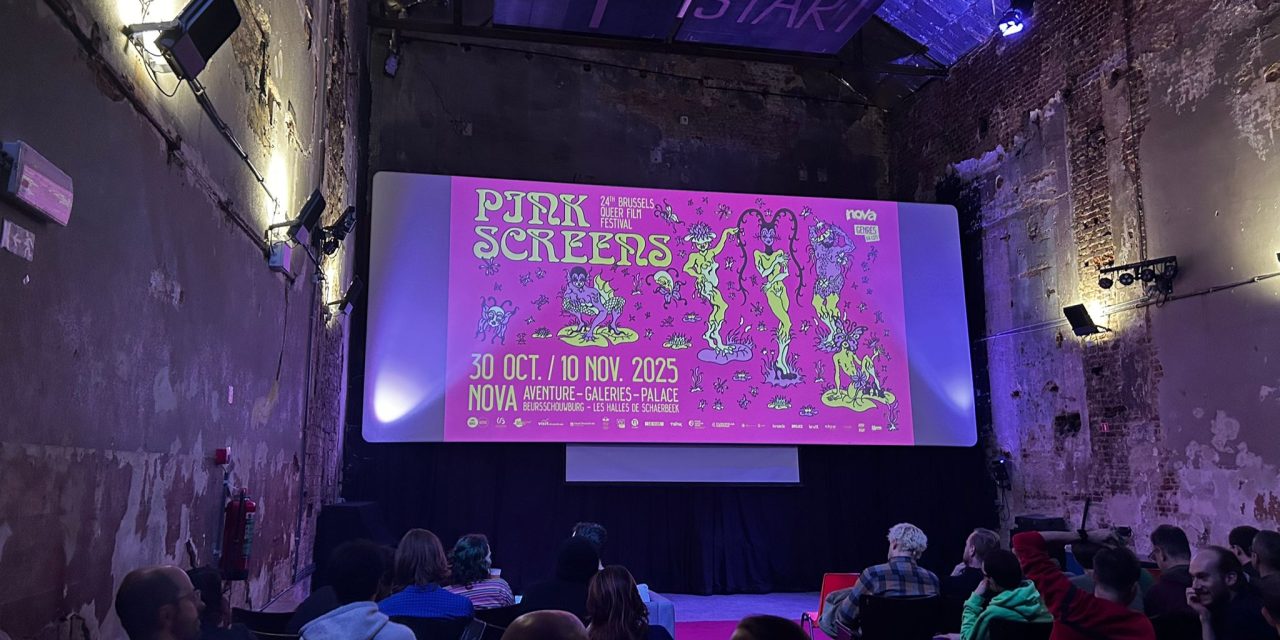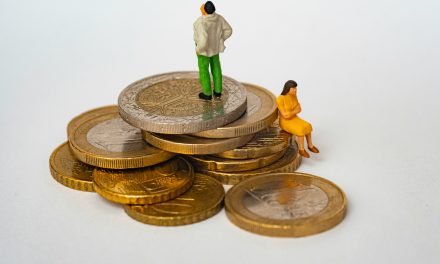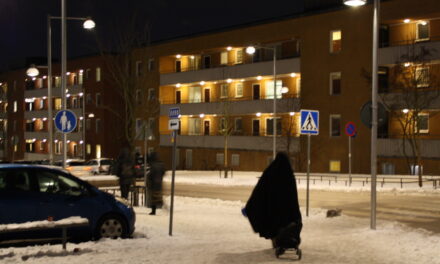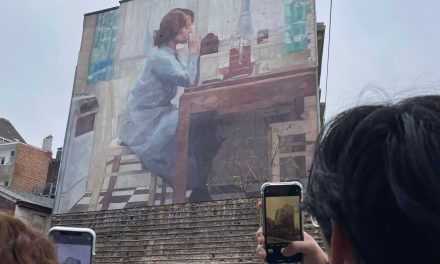Homophobia amongst Dutch-speaking youths in Belgium is rising. According to a report from April of this year, all indicators point to a rise in prejudice and intolerance among the surveyed youths from 14 to 18 on schools in big cities. The report is part of a big youth monitor of Dutch-speaking Belgium. Fien Pauwels, a researcher for the Flemish Platform for Youth Research, wrote this report.
Pauwels emphasizes that these numbers are not yet a reason for panic. The overall score for homophobia under youths was 2.04 out of 10 in 2018, and 3.2 in 2023. A growth, but still far from a majority. ‘This is a small alarm bell, but definitely not yet a siren’. This is echoed by Lau Persijn, a queer filmmaker based in Brussels: ‘The city has a great queer community with many organizations and activities.’ Persijn moved to Brussels from Ghent and explains that they are not the only one coming to the city because of the queer community in Brussels.
Despite this, Persijn still experiences homophobia in Brussels: ‘Within the community it’s safe, but out on the street I have endured homophobia. When I’m walking with my partner or when we’re showing affection, we can get remarks or looks.’ The number of remarks depends on the area of the city according to Persijn, which makes it that they have avoided areas where they felt less safe, like Brussels-South station.
The indicators for homophobia have grown for every demographic. According to Pauwels the results have been used to blame migrants and Muslim people. Although Muslim youths are overall more homophobic than non-religious youths, homophobia among all demographics grows at the same rate. According to Pouwel, this shows that the reasons are not just religion: ‘I’ve seen my words being twisted in newspapers, which doesn’t feel good.’
Two groups have shown a bigger increase than other demographics, namely male youths and youth in technical education. According to Pauwels, a reason for this might be that these groups are targeted more by certain media and politicians, who are promoting a queer-phobic discourse. Persijn agrees, saying that most homophobia that they experience on the street is from young males.
Pauwels does explain that these numbers only include youths and give no indication about homophobia in older demographics. Persijn explains that they experience homophobia differently: ‘Young people are most likely to yell something to you on the street, mostly guys in a group wanting to act tough. Older people mostly stare at you. One time, me and my partner where in a train and an older French-speaking couple was loudly talking about us. We were speaking Dutch, so they didn’t know we could understand them.
Remarks in public are of course not the only way queerphobia can take place. For example, Persijn experiences a lot of discrimination in the police force of Brussels: ‘During a demonstration, friends of mine were arrested while kneeling on the ground. While in this position a police officer laughed at a friend of mine and remarked that he ‘wasn’t sure if they need to go with the males or females.’ Of course we filed a complaint, but this was ignored. Situations like this led to us as a community not feeling safe with the police. We have a rule to not even call the police in one of the queer organizations I am a part of.’
One example of positive queer events in Brussels is Pink Screens, a yearly film festival. To get an idea about the vibe and importance of this festival, listen to our audio report:




